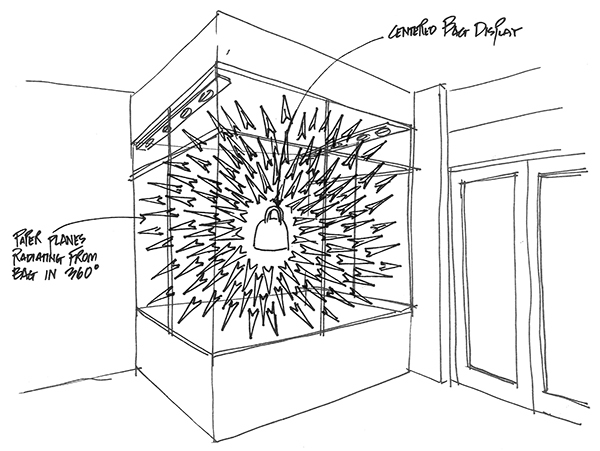Remember When Every Brand's Video Strategy Was to Go Viral?
Posted in: UncategorizedWhen YouTube first gained popularity around 2006, it seemed like the dawn of a new creative age in advertising. Every brand flocked to YouTube, and everyone wanted to “go viral.” YouTube seemed like a magical place where the age-old distinctions between advertising and content disappeared. Evian could captivate hundreds of millions of viewers with rollerskating babies. Ray Ban could stealthily seed an ad that would cement its cool factor with a new generation. In this new world, all your brand needed was the right creative agency and you would never have to buy video ads — people would watch and share your content far and wide.
While brands continue to earn millions of views with great creative, this model never scaled. Trust me — I know. We used to be the top analytics company for viral video. Then we — like the industry — underwent a transformation. Advertisers quickly found out that for every viral success, there were 10 failures, and they could not reliably reach viewers or measure success in the way they could with TV (or search advertising for that matter). Earned media is great, but it will not guarantee a brand advertiser will reach its goals of driving loyalty and getting people to buy things — to “sell, or else” as David Ogilvy famously put it.
Paid advertising had to enter the equation, and it obviously did. YouTube joined media companies in putting pre-roll on its videos, slapped the bulk of it on its exchange, and the rest is history. Repurposing TV ads — not creating long-form viral videos — became the norm.





































